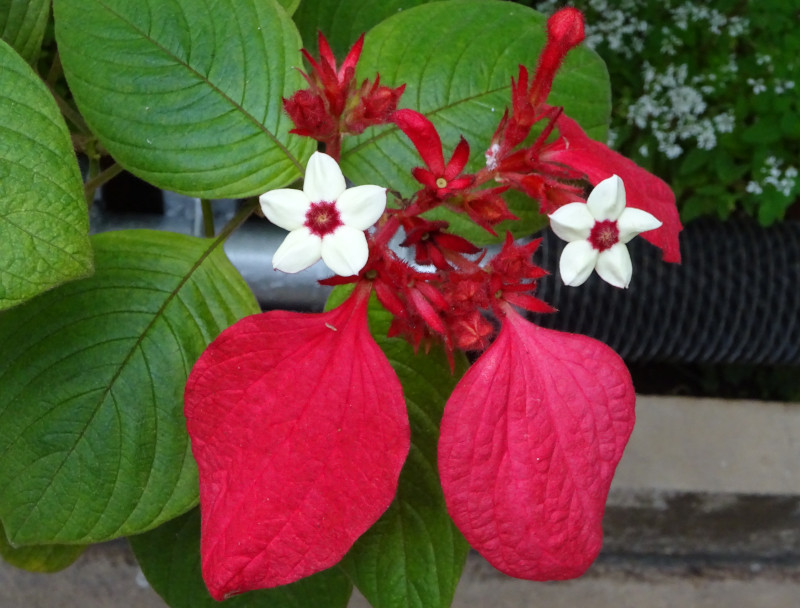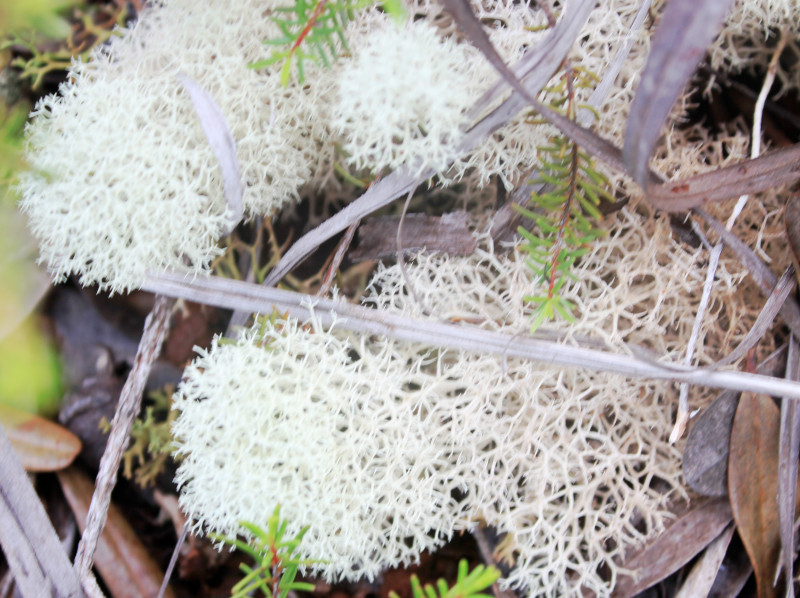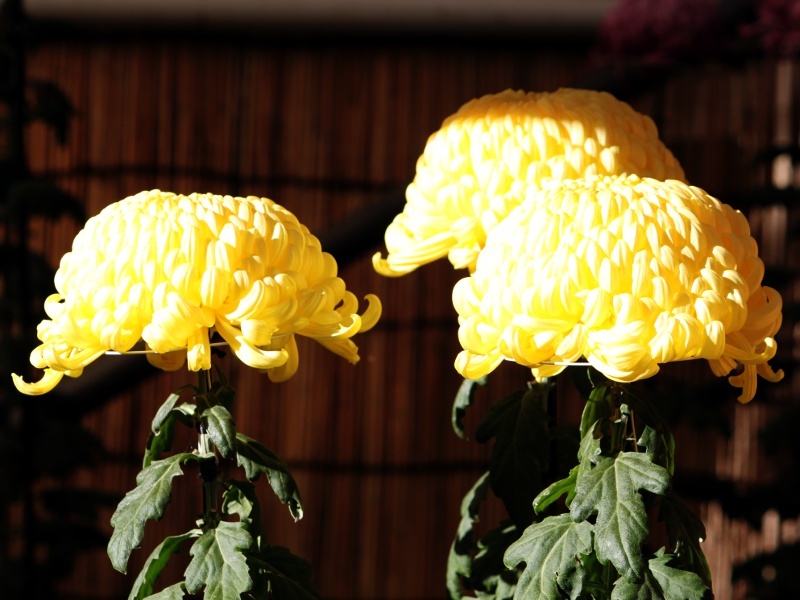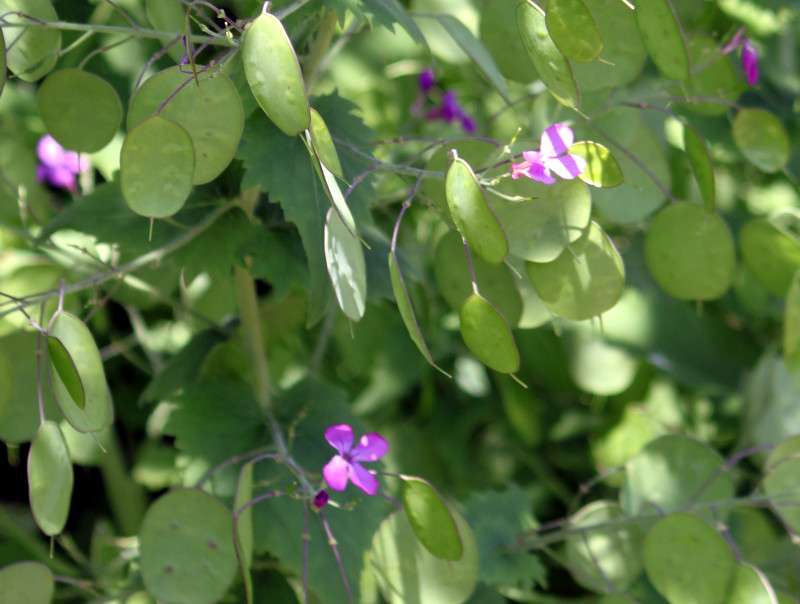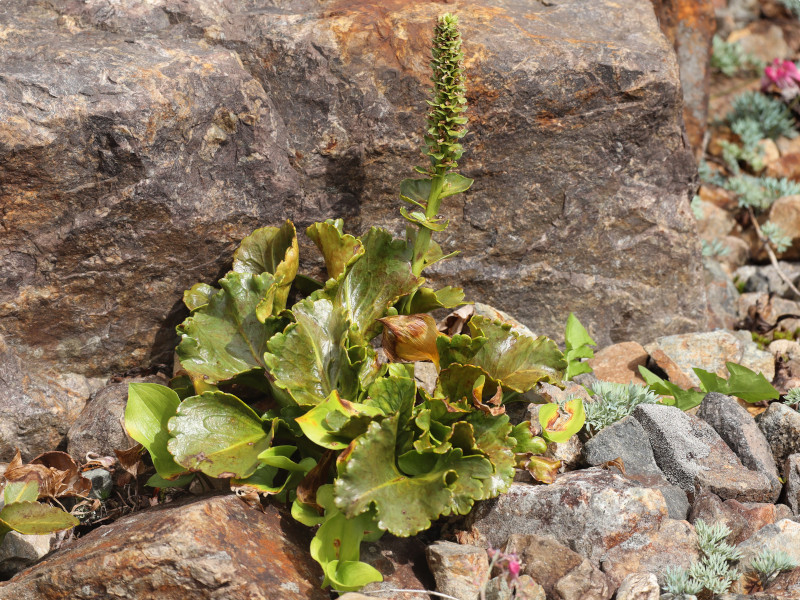Manchinee
- Flower nameManchinee
- Scientific nameHippomane mancinella
- AliasManchioneel, 小さな死のリンゴ
- Place of originMalay Peninsula
- Place of floweringSubtropical region
- Flowering seasonApril, May, June, July, August, September
What is Manchinee
Manchineel Features
The World's Most Dangerous Tree (Guinness World Record certified in 2011).
Manchineel (Scientific name: Hippomane mancinella) is a deciduous tall tree belonging to the genus Hippomane in the Euphorbiaceae (Spurge) family, native to the Florida Everglades in the US and the Caribbean coast.
It is also known by the Spanish name manzanilla de la muerte (Little Apple of Death) and the English name beach apple.
The Manchineel tree stands 6–15 m (20–49 ft) tall and appears calm and beautiful, but the entire tree contains lethal toxins.
The fruit resembles a small apple and has a sweet, plum-like aroma. However, eating it causes severe inflammation in the mouth and throat, damages internal organs, and can be fatal.
The sap causes blisters and severe irritation upon contact with the skin, and contact with the eyes can lead to blindness. If you stand under the tree when it rains, the water-soluble sap can dissolve and cause blisters on the skin.
Attempting to burn the tree for removal will result in smoke that damages the eyes.
For these reasons, it was certified by Guinness World Records in 2011 as the "World's Most Dangerous Tree."
While Manchineel is toxic to most organisms, the Black Iguana (Ctenosaura similis) is said to eat the fruit and live among its branches.
Local inhabitants used a poultice of Arrowroot (Maranta arundinacea) as an antidote.
Although Manchineel has a negative image, in its habitat, it serves as a natural mangrove windbreak, and its wood, once the sap is dried, is used to make furniture due to its dense quality.
Origin of the Name
Genus Name Origin : The genus name "Hippomane" originates from the Greek "hippomanés," a compound of "hippos (horse)" + "mainomai (to rage/be frantic)," referring to an unknown plant that supposedly drove horses mad. Linnaeus later applied this genus name to the Manchineel.
Species Epithet Origin : The species epithet "mancinella" is derived from the Spanish word "manzanilla (small apple)," referencing the resemblance of its fruit and leaves to an apple tree.
Category : Detail
Common Name : Manchineel
Scientific Name : Hippomane mancinella
Other Names : manzanilla de la muerte (Little Apple of Death, Spanish), beach apple (English)
Native Region : Florida Everglades, USA, and Caribbean coastal areas
Environment : Coastlines and wetlands
Classification : Kingdom: Plantae → Clade: Angiosperms → Clade: Eudicots → Order: Malpighiales → Family: Euphorbiaceae → Genus: Hippomane → Species: H. mancinella
Tree Height : 6–15 m
Bark Color : Reddish-gray
Sap : Milky white (contains skin irritants such as phorbol)
Leaf Quality : Glossy, simple leaf
Leaf Color : Green
Leaf Shape : Elliptical
Leaf Margin : Serrated (toothed)
Leaf Length : 5–10 cm
Leaf Arrangement : Alternate
Inflorescence Type : Spike (Raceme)
Flower Color : Yellowish-green
Fruit : Lethally toxic; NOT edible
Fruit Type : Apple-like
Fruit Color : Green → Yellowish-green
Fruit Scent : Sweet, like a ripe plum
Uses : Dense wood is dried (to remove sap) and used for furniture
Poisonous Parts : All parts are highly poisonous (sap, fruit, trunk, leaves, branches, bark, dead wood, etc.)
Exception : Black Iguanas (Ctenosaura similis) reportedly eat the fruit and live in the branches
Antidote : Arrowroot (Maranta arundinacea) poultice
Special Note : 'Manzanilla' refers to a poison made from Manchineel (Note: the Japanese text mentions 'Manzanilla', but the name of the poison itself is often just 'Manchineel sap' or 'poison from Manchineel')


